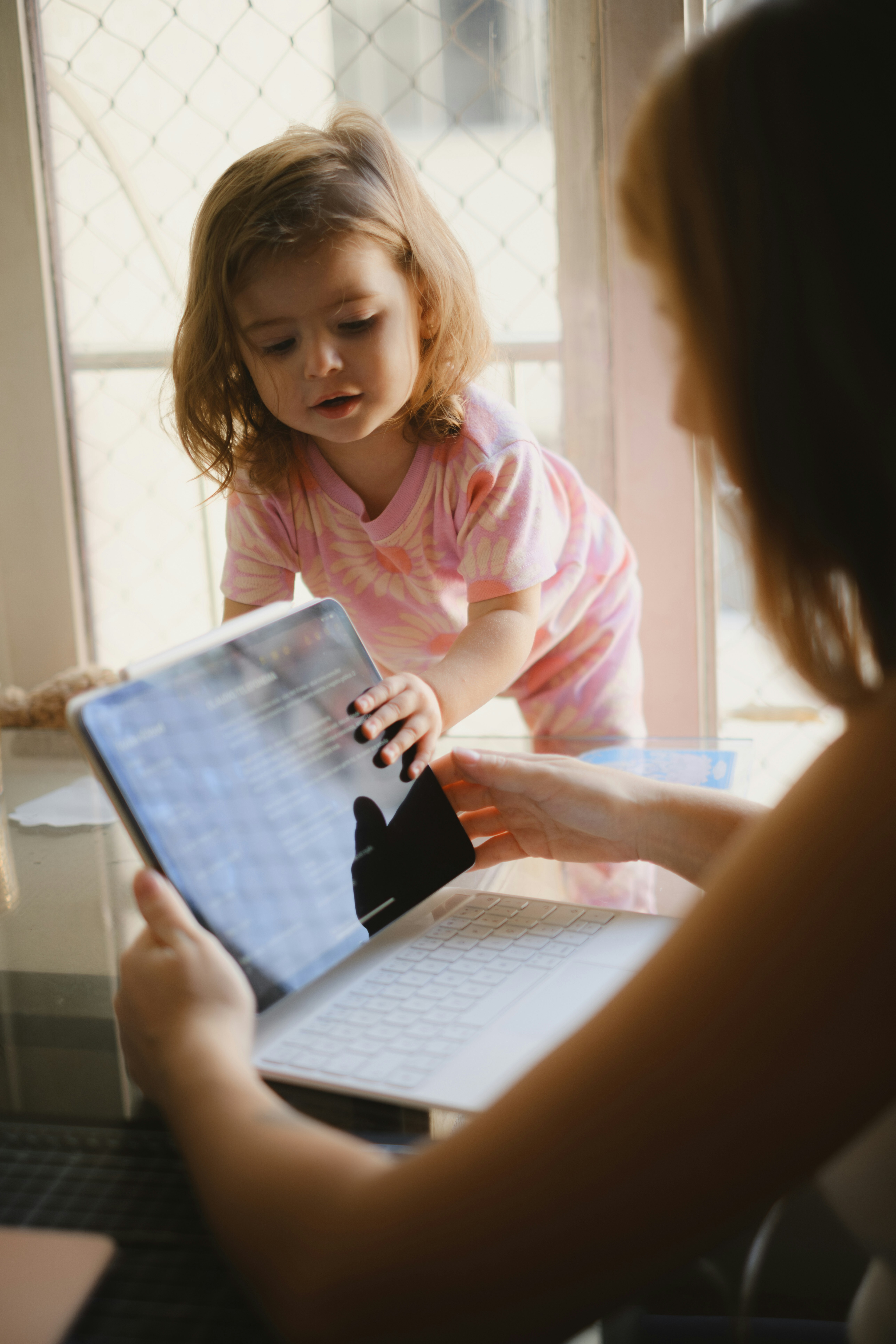When Both Are True


Over two decades in pediatric medicine, I've watched families struggle to navigate a healthcare system that keeps getting more complicated. The mom who misses work for the third specialist appointment this month. The parents who leave with unanswered questions but know that getting clarity means more copays and scheduling hurdles. The dad who drives an hour for a 15-minute visit that could have been handled virtually.
I've learned many things from these moments, not the least of which is that our ability to preserve in-person care and our embracing of digital innovation don't have to be mutually exclusive. For too long, we've framed the conversation around technology as an either-or proposition. Either we stick to the gold standard of face-to-face care, or we give in to the cold efficiency of digital solutions. This binary thinking has created unnecessary resistance and missed opportunities to serve our patients better.
A recent federal push for healthcare technology innovation is a big deal in American healthcare. Politics aside, the stated goal of creating a system "that serves the people" resonates. The current healthcare system, despite the hard work of so many clinicians, often doesn’t meet patients where they are - literally and figuratively. This isn't because no one cares. It's because our system has created barriers that make engagement difficult. Families face a maze of obstacles: shortened appointment times that barely scratch the surface of complex health needs, fragmented communication between providers, insurance models that reward volume over meaningful interaction, and the simple reality that taking time off work for every healthcare touchpoint isn't sustainable. When a referral is warranted, many caregivers are handed a master list of available specialists of unknown quality, months-long delays, and unclear insurance coverage, left to sift through and schedule appointments on their own while managing weekly missed work and the busy demands of parenthood.
As part of the solution, technology shouldn’t be about replacing the humanity in patient care. It's about amplifying it. Instead of debating whether digital tools can replace traditional care, we should be exploring how they can make it better. The mom who uses a mobile app to understand her toddler's developmental milestones between visits isn't abandoning her pediatrician. She's becoming a more informed partner in her child's care, using other tools that can make their time together more meaningful and productive. The teen who's willing to access text-based counseling isn't replacing his doctor. He's following through on our recommendations more effectively by using a communication method that actually works for him.
In our effort to hold onto traditional care, we've created a false choice and perhaps an unfair standard. While virtual care technology itself is no longer new, we demand a higher proof of efficacy than established practices. This creates an impossibly high bar that can prevent us from exploring innovations that might actually improve care. By applying consistent standards to both, we can honor the clinician-patient relationship while meeting families in the digital age.
The tools to bridge these gaps are literally in our patients' hands and homes. Smartphones are now used by 91% of Americans, and computer access has become increasingly widespread, including among traditionally underserved populations.(1) The technology is no longer the barrier. Our willingness to even explore or accept it is.
Nowhere is the need for this partnership more urgent than in pediatric developmental care. The early years are crucial for brain development, when neural circuits are most malleable. Yet our systems often delay care through long waitlists, limited availability, and complex intake processes.
A child with developmental delays often sees multiple specialists - the pediatrician, speech therapist, occupational therapist, and developmental-behavioral pediatrician. Today, each clinician operates with incomplete information, families tell their story multiple times, and coordination happens through phone calls and faxed reports. With the right design, each clinician could access the same comprehensive, real-time picture of the child's progress and focus their limited face-time on what they do best - providing expert clinical judgment and human connection. And good design could reinforce and deepen those relationships rather than create the fragmentation that is often associated with virtual experiences.
Families don’t want less human connection in healthcare - they want care where there's time to talk, and providers who can offer guidance that goes beyond the exam room. While our experience with technology in healthcare has often been one of division and disconnection, with tools that distance us from our patients, it doesn't have to be this way.
Parent coaching programs delivered through tech platforms don't replace clinical expertise. They extend it into the home, where children spend the vast majority of their time. A mom implementing professional therapy exercises in her living room isn't circumventing professional therapy - she's implementing it more consistently than any weekly clinic visit could achieve. When a dad can access developmental milestone trackers, video modeling, and progress monitoring tools between appointments, he becomes an informed partner rather than a passive recipient of care.
Digital tools give us a chance to rethink best practice when thoughtfully designed for children and their caregivers, making meaningful connection not only possible but more accessible than ever. The sacred aspects of traditional care - the careful observation, the clinical reasoning, the emotional support during tough diagnoses, the celebration of milestones achieved - these remain irreplaceable. But we can honor these traditions while acknowledging they're not enough for today's complex healthcare needs.
A platform that integrates virtual tools with traditional methods creates something more powerful than either alone. It's not about choosing between one or the other - it's about connecting them in real-time, extending intervention into the spaces where children actually live and grow.
REFERENCES: